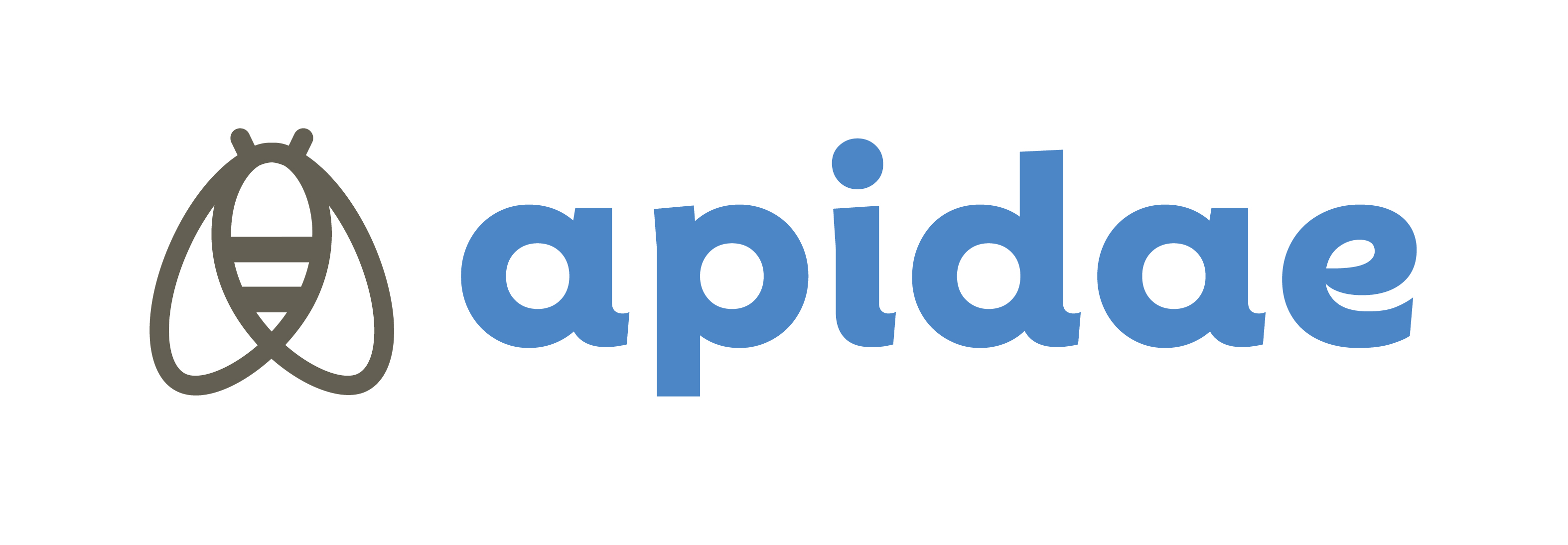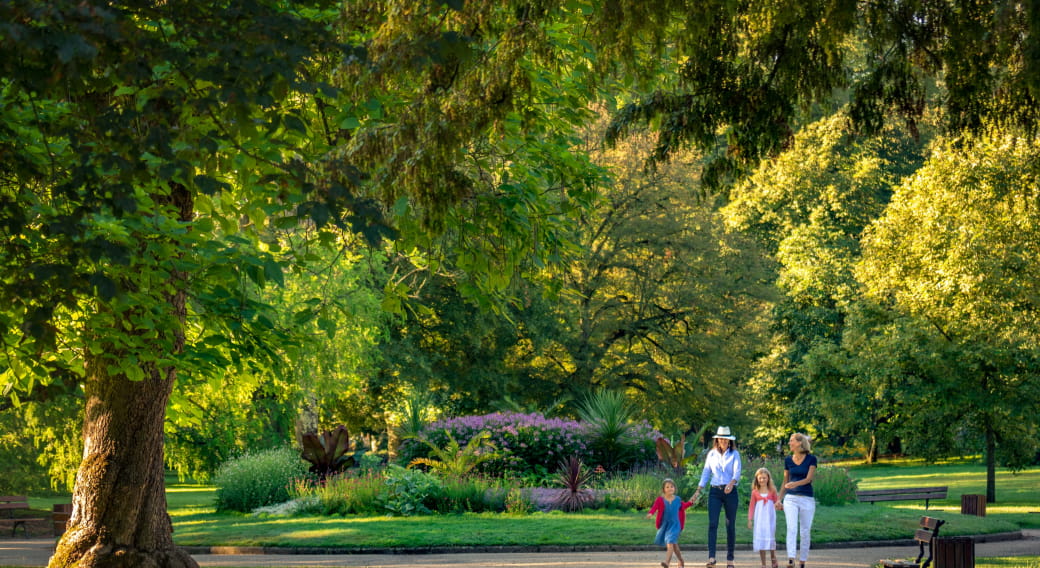Created under Napoleon III, these superb English-style parks cover 130 hectares and feature plantations and beds of rare species. Below the dike, the Plage des Célestins, guinguettes and minigolfs welcome you.
These new parks are located on the site of a secondary branch of the Allier that has been drained thanks to the creation of a dyke. This vast crescent-shaped area of 130 hectares is divided in two by a road leading to the bridge over the Allier: on one side (upstream from the bridge), the Parc Kennedy, and on the other (downstream from the bridge), the Parc Napoléon III.
The parks are largely inspired by the romantic influences of the English wave, which was very much in vogue at the time. It is in the same vein as the Bois de Boulogne, Bois de Vincennes, Buttes Chaumont and Parc Montsouris in Paris. A veritable oasis of greenery, Vichy's parks are the ideal place to run, stroll, play, rest or observe rare or exotic species. They are the very expression of the density, originality and quality of the city's tree heritage. State-owned and listed on the Supplementary Inventory of Historic Monuments, Vichy's parks boast 30,000 trees representing 83 genera and 228 varieties.
Vichy's distinctive architecture is also evident in the park, which is bordered by five villas. Built between 1861 and 1865, they blend the influence of Alpine chalets and colonial houses. Napoleon III and his retinue spent their summers here. The first chalet, "Marie Louise", at n°109, boulevard des Etats-Unis, has large balconies overlooking the street. However, embarrassed by the incessant greeters, the emperor decided to build two more. But this time, the balconies overlooked the park. The "Emperor's" and "Eugenie's" chalets, designed specifically for the Empress, can be seen side by side. At 109 bis, Napoleon III's security service was housed. Three other villas complete this architectural alignment: the "Roses" chalet at no. 101, the "Saint-Sauveur" chalet at no. 103 and the "Thérapia" villa. The latter was demolished when the current luxury hotel Les Célestins was built. Napoleon III still keeps watch over the spa town: since 1995, a copy of the bronze bust created by J.A. Barre has been erected under a tree.
A greenhouse, almost 35 m long, was built along avenue Stucki in 1864. Heated by a calorifier, it was designed for overwintering plants. An orangery adjoining the greenhouse was built in 1888: very high but also very fragile, it was removed in 1929.
Two thatched huts (a pavilion and a mushroom house), built around 1880, added to the garden's picturesque character. All that remains today is a mushroom house and the Source des Fées shelter, taken from the Cusset park of the same name.
Periode d‘ouverture : Ouvert toute l‘année
All year round, daily.








